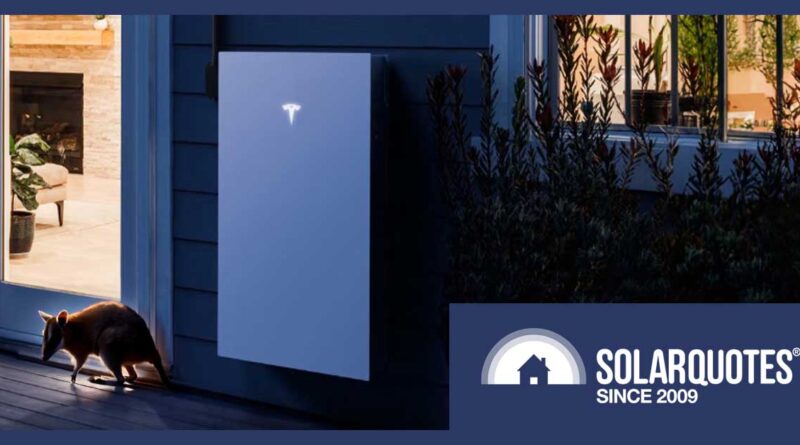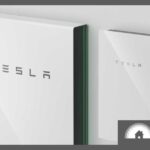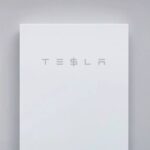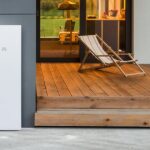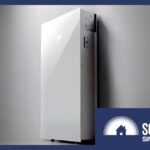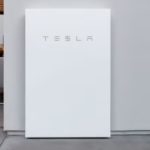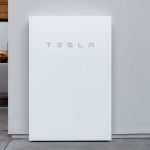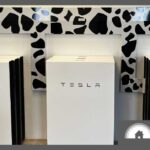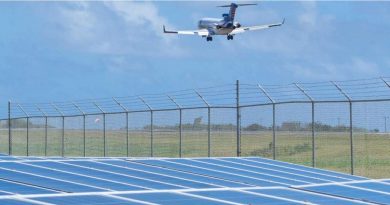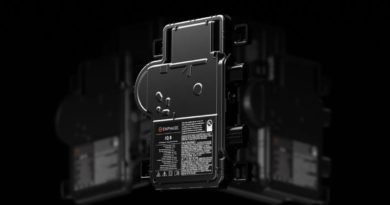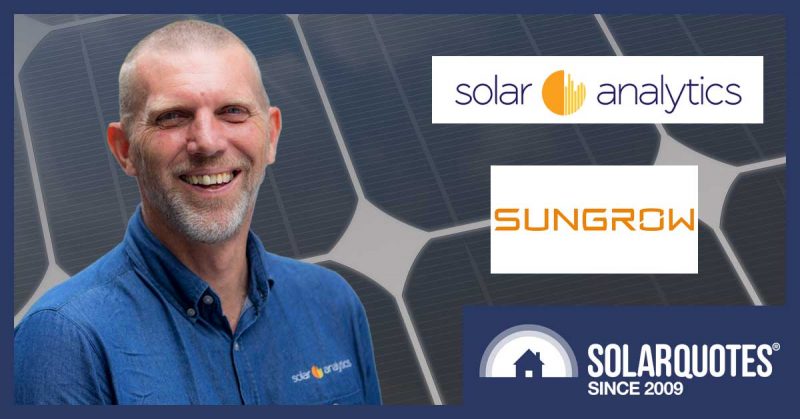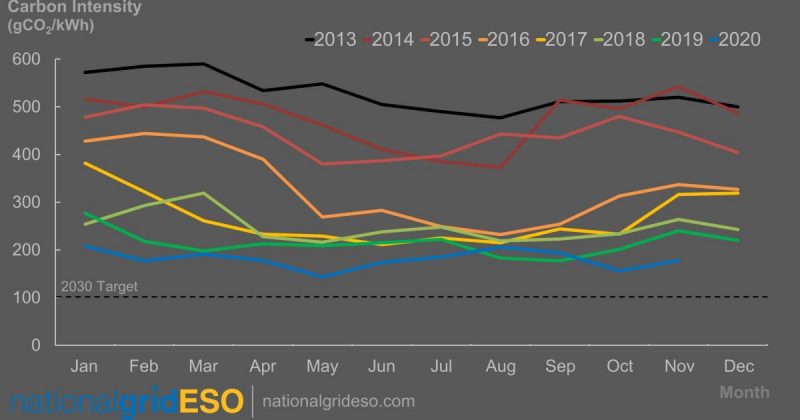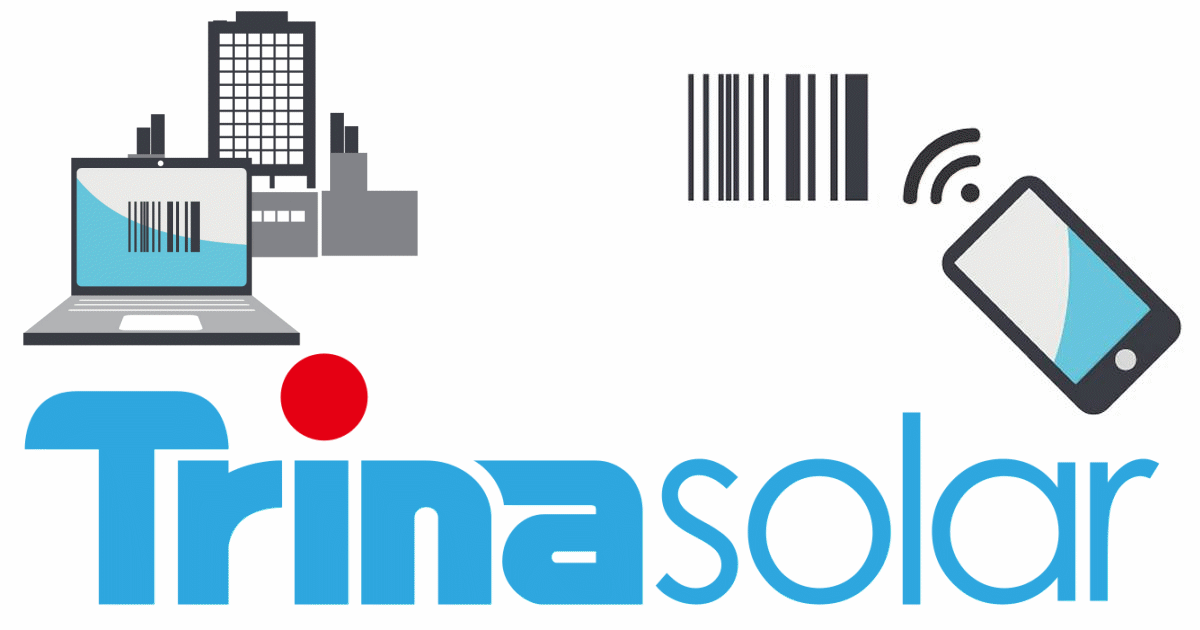Powerwall 3: What To Expect When It Arrives In Australia
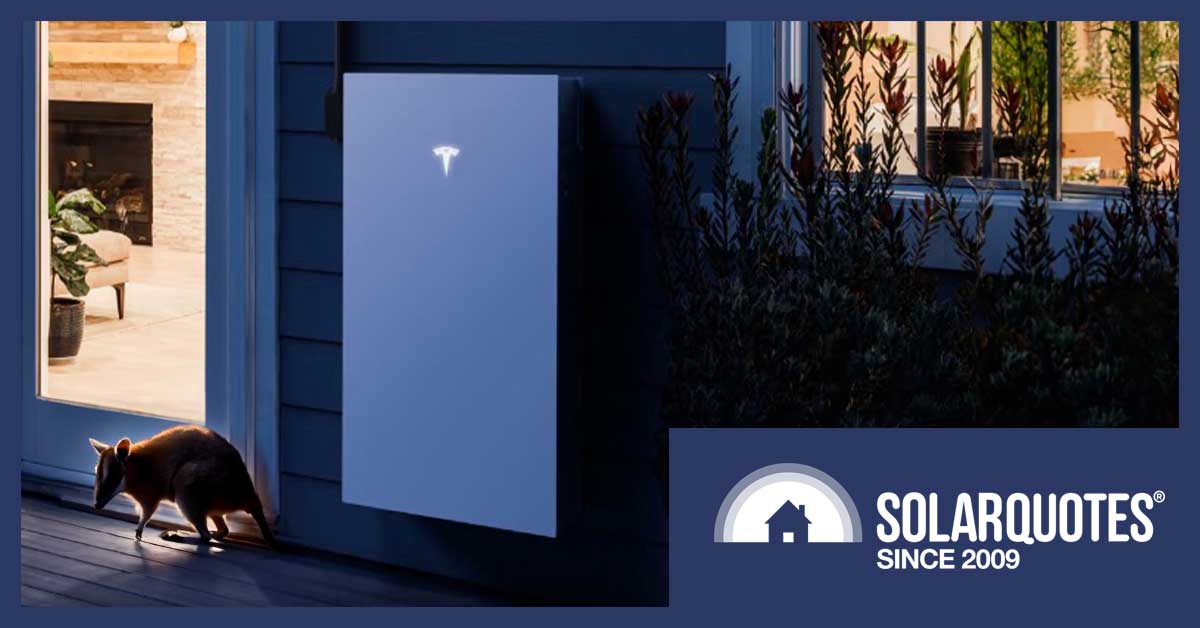
Image: Tesla (possum added). Note: This Powerwall 3 install would not be compliant in Australia. Too close to the windows and requires a fire-rated backsheet because it backs on to a habitable room.
Last week, Tesla officially put the Powerwall 3 up for sale on its US website, and released some previously unknown details about the much anticipated home battery.
Here’s what we know so far about the Powerwall 3 and what we can expect when it goes on sale in Australia – hopefully in the second half of 2024.
Powerwall 3 Price
To be clear: Tesla have not announced Australian pricing yet. But the Tesla US website lists the Powerwall 3 hardware at the same price as the Powerwall 2 was selling for.
This suggests the Powerwall 3’s Australian price could be the same as the PW2’s Australian Price: AU$10,400 (not including installation or Gateway).
Built-in Solar Inverter
Readers may be disappointed that the Powerwall price has not dropped with V3, but in fairness to Tesla, the new Powerwall comes with an inbuilt 11.5kW solar inverter:
- with 6 MPPTs1
- that takes up to 20 kW of panels – which should be allowed under Australian ‘oversizing’ rules because it can reportedly also deliver 5kW direct to the battery.
A 10kW hybrid Sungrow inverter with similar specs retails for over AU$4,000. Keeping the Powerwall 3 price the same as the PW2 suddenly starts to look like pretty good value.
The Powerwall 3 still needs a AU$1,700 Gateway to handle backup and power sensing.
Here’s Tesla’s schematic of solar panels integrated with a Powerwall 3.
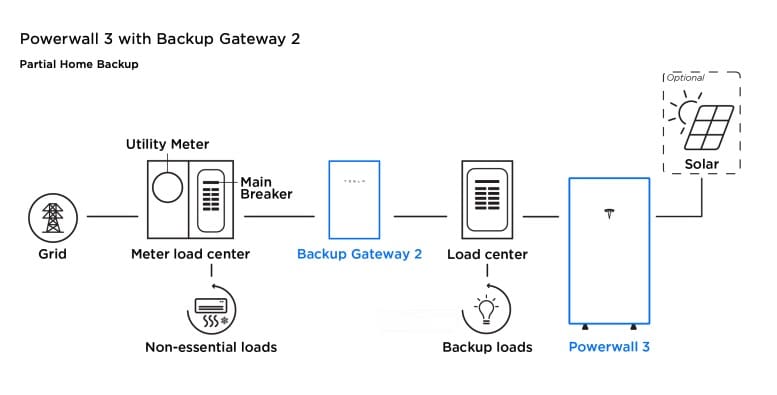
Translation: ‘Load Center’ is American for ‘Switchboard’.
DC Coupled Expansion Units
Tesla are marketing the Powerwall 3 with future “DC-coupled battery expansion units”. At least one US installer with Powerwall experience claims these DC expansion packs will be:
“dummy PW3’s. Basically units without the integrated inverter.”
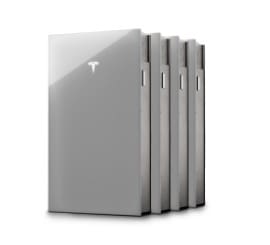
Up to 4 Powerwall 3s can be stacked. Cheaper expansion packs that ship without a solar inverter are rumoured to be coming
If this is correct, this promises expansion packs for thousands of dollars less than the cost of the initial Powerwall 3 – because you are not paying for the solar inverter electronics and the expansion pack installation should be much quicker.
Yup. DC expansions are ‘dummy’ PW3s. Basically units without the integrated inverter …
— Ernesto Grossmann (@ripple_energy) February 18, 2024
Same Energy, Lots More Power
It’s already been widely reported that the Powerwall 3 stores the same 13.5 kWh of energy as the Powerwall 2, but power output is improved significantly to 11.5kW continuous (with Anthony predicting this will be throttled to 10 kW to keep within Australian DNSP rules).
Old mate Elon says you can backup most US homes entirely with one Powerwall 3. But while you may not hit a power limit backing up the whole house, big loads will soon drain 13.5 kWh of energy, so I’d still recommend putting stuff like EV chargers, saunas, grow lamps, ovens and large heating/cooling systems on a non-backed up circuit.
Peak Power Rating Is Excellent
One problem many solar batteries have when running without the grid is they struggle with high inrush currents when motors start up, whether that’s an air conditioner or a pool pump. The Powerwall 3 is rated at 185 LRA. Which means it can produce a whopping 185 Amps to get those motors started.
What the hell is LRA?
Locked Rotor Amps (LRA) is a term used to describe the maximum current or amps that an electric motor, like those found in air conditioners or pool pumps, draws when it first starts up. Imagine trying to push a heavy piece of furniture across the room. Initially, you’ll need to put in a lot of effort to get it moving. Similarly, an electric motor needs a big surge of electricity at the start to overcome its initial inertia and start turning. Once the motor is up and running, it settles into using much less power.
Battery Charging Power Is Limited
It’s worth noting that, although the Powerwall 3 can discharge at 11.5kW, battery charging is limited to 5 kW.
Backup Switch (US Only)
This won’t be relevant for Australia due to the design of our utility meters, but it’s a good example of Tesla innovation.
In the USA, Tesla have designed a ‘Backup Switch’ that can be installed in a few minutes behind a US grid meter, and means you don’t need to install a Gateway. That saves our American friends a few hundred dollars on hardware (the backup switch costs less than the Gateway) and probably another thousand dollars or so in installation.
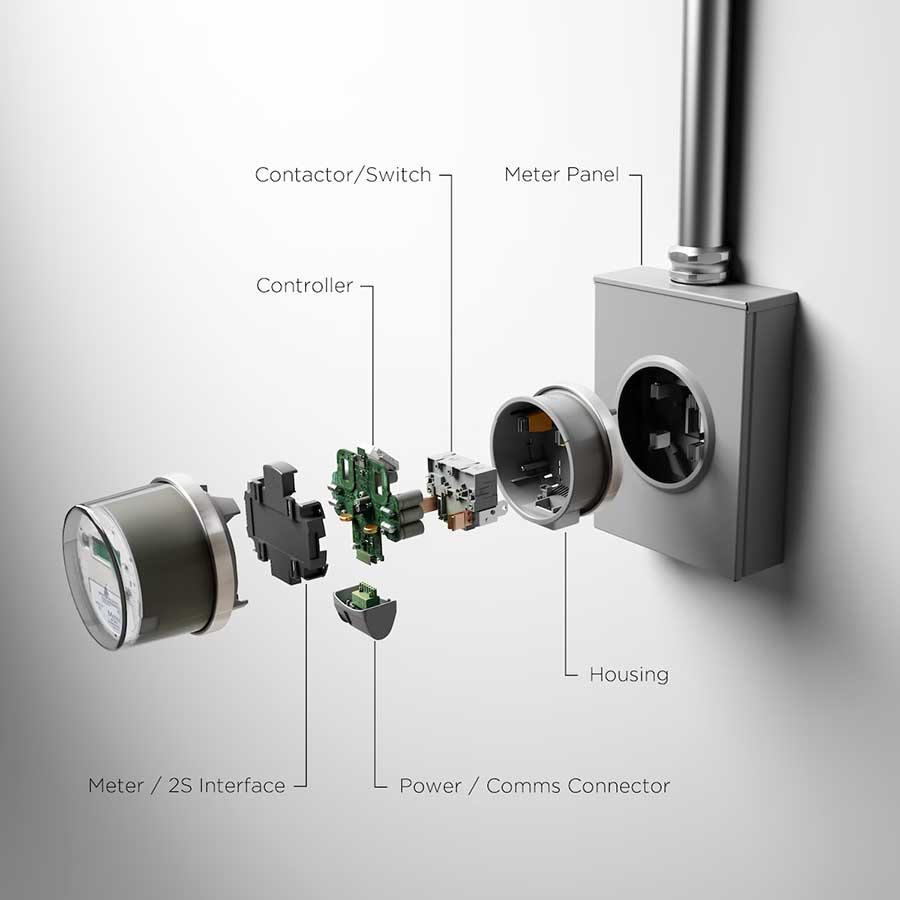
The Tesla Backup Switch. Brilliant enginerring.
Australian Powerwall 3 owners still have to use the Tesla Gateway to handle backup duties.
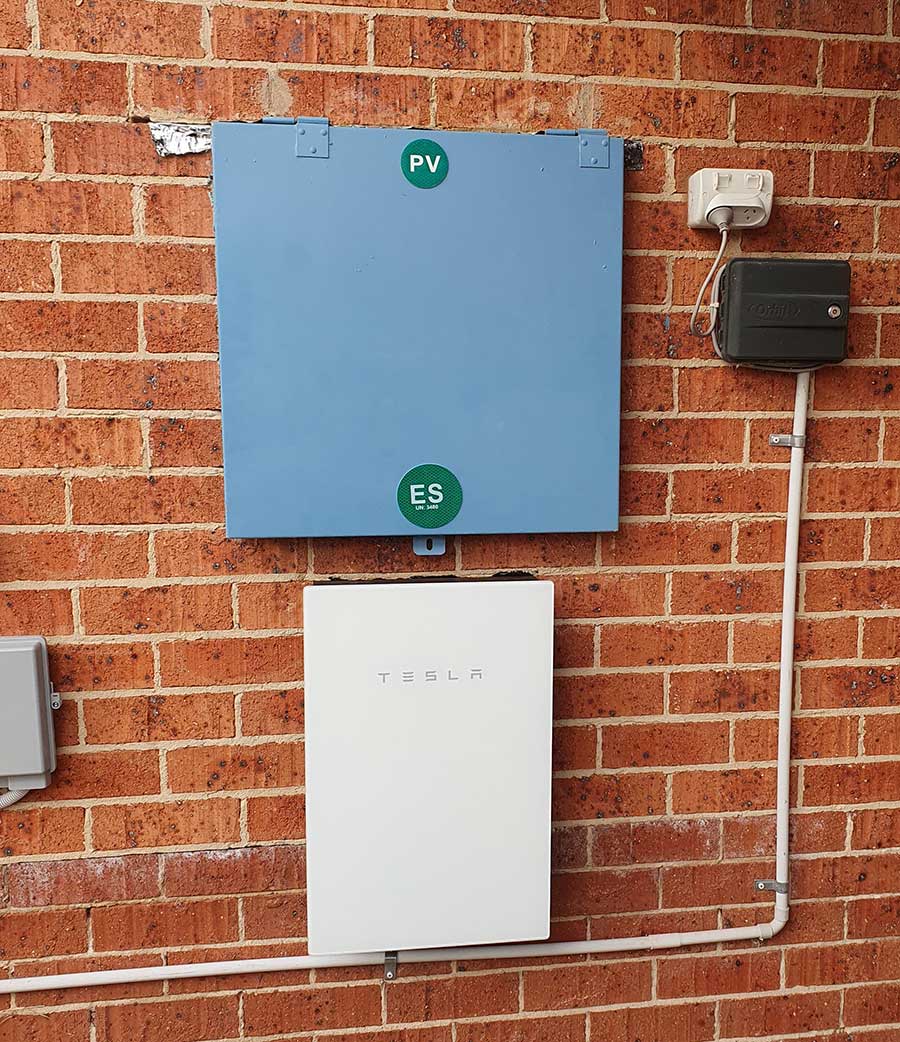
A Tesla Gateway – as used on Powerwall 2s – is also required for Powerwall 3s
Powerwall 3 & Bidirectional Charging
If you install a Powerwall 3, you just need a Tesla Wall Connector EV charger and compatible vehicle, and you can use the kWhs in your car battery as if they were in your Powerwall. It’s a slightly limited form of V2H (Vehicle to Home) that requires no additional hardware. Considering your only option in for V2H in Australia is currently a $10,000 bi-directional inverter that’s very, very cool.
And the good news is: Tesla say Powershare will eventually work with Powerwall 2, Gateway 2 and a Tesla Wall Connector.
The bad news is, the only compatible vehicle right now is the Cybertruck.
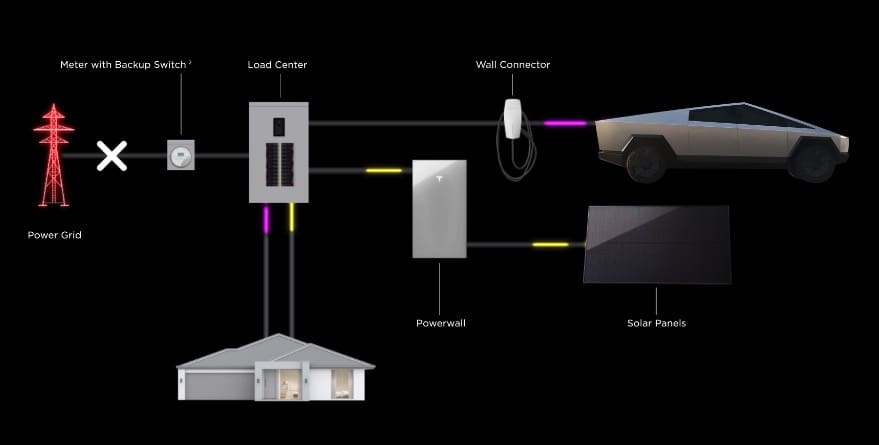
Replace the US-only ‘Backup Switch’ with a Tesla Gateway and this should work in Australia…
Powerwall 3 Retrofits May Be Possible
Tesla’s official stance – up to now – has been that Powerwall 2 will continue to be sold for retrofits to existing solar systems, with Powerwall 3 designed to be installed alongside new solar installs only.
But this US installer is confident that the Powerwall 3 will AC-couple (retrofit) to existing solar systems with a future software update:
PW3 will allow (via OTA) AC coupling existing solar systems …
— Ernesto Grossmann (@ripple_energy) February 18, 2024
Is The Powerwall 3 LFP?
The battery cells in the PW3 have long been rumoured to be cobalt-free LFP chemistry. But there are compelling arguments that they will remain nickel/cobalt based NMC cells. Indeed the Powerwall 3 user manual says:
“This product can expose you to chemicals including cobalt and lithium compounds”.
Tesla has not confirmed what the Powerwall 3 battery chemistry is.
It’s Typical Tesla Innovation
The Powerwall 3 sticks to the Powerwall 2’s price tag (in the USA at least) but packs in an 11.5kW solar inverter, ready to handle 20kW of solar panels, offers gutsy peak power, potentially cheaper expansion units, and V2H integration. It’s looking compelling for anyone wanting a big-ass solar and battery system to power their home and EVs.
Just be warned – I haven’t confirmed any of this with Tesla. Since Elon axed Tesla’s PR department in a hissy fit against ‘the media’ there’s no-one to confirm anything with. So, we’re left hanging until the Powerwall 3 hits Australian shores to see what it’s really made of – and what it will cost in dollarydoos.
Footnotes
- Tesla’s Powerwall 3 datasheet (pdf) notes that “Where the DC input current exceeds the MPPT rating, a jumper can be used to combine two MPPTs into a single input to intake DC current up to 26 A IMP / 30 A ISC.” which is good news, and great design, because no-one wants to run 6 pairs of DC cable to the roof if they don’t have to ↩
Original Source: https://www.solarquotes.com.au/blog/powerwall-3-australia-latest/

